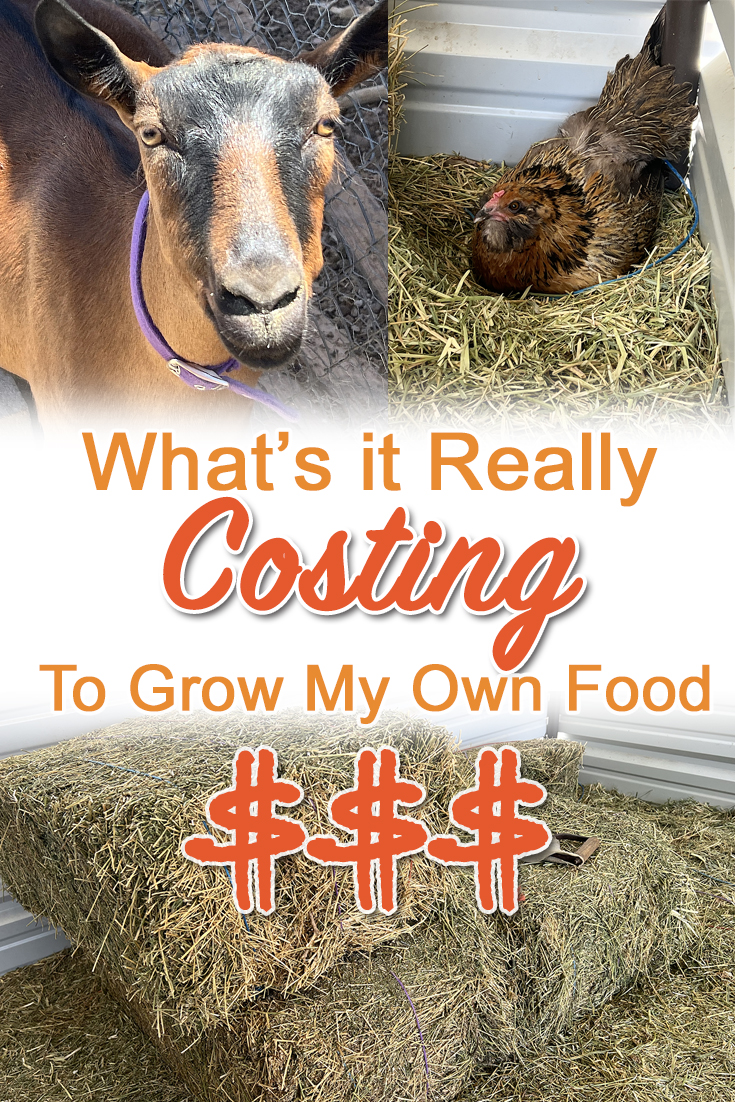Everything I do around my farm is with the purpose to grow food for our family (and I usually have fun doing it). I always keep in mind the expenses involved to produce veggies, fruit and dairy products, especially now that I’m working on making my farm more efficient (read profitable). I ask myself, “What’s it really costing to grow this food? How much would I be paying for this product in the store? Can I even get it in the store?”
Free range chicken eggs were scarce last winter in the store. Organic lettuce and kale was very expensive in the store this winter too, but I haven’t bought lettuce or kale at the store in a REALLY long time. Goat milk in the store is ridiculously expensive! However, the price of hay and chicken scratch has doubled in the last year over what it is normally. It was not this expensive even during COVID. Paying the hay bill is painful for everyone these days! But so is paying the grocery bill.
So, What’s My Farm Really Costing to Grow Food?
I want to track my farm expenses better and really compare the cost of grow food vs. the cost of buying the products I produce in the store. For this cost analysis, I will use Walmart and Tractor Supply pricing for comparison so that I have a bottom line retail price to compare. I’m trying out a couple of different farm cost analysis tools to see what really is the best way to track expenses for a small farm, but I’ll probably do a good old fashioned Excel Spreadsheet just to keep it simple.
The Chicken and the Egg
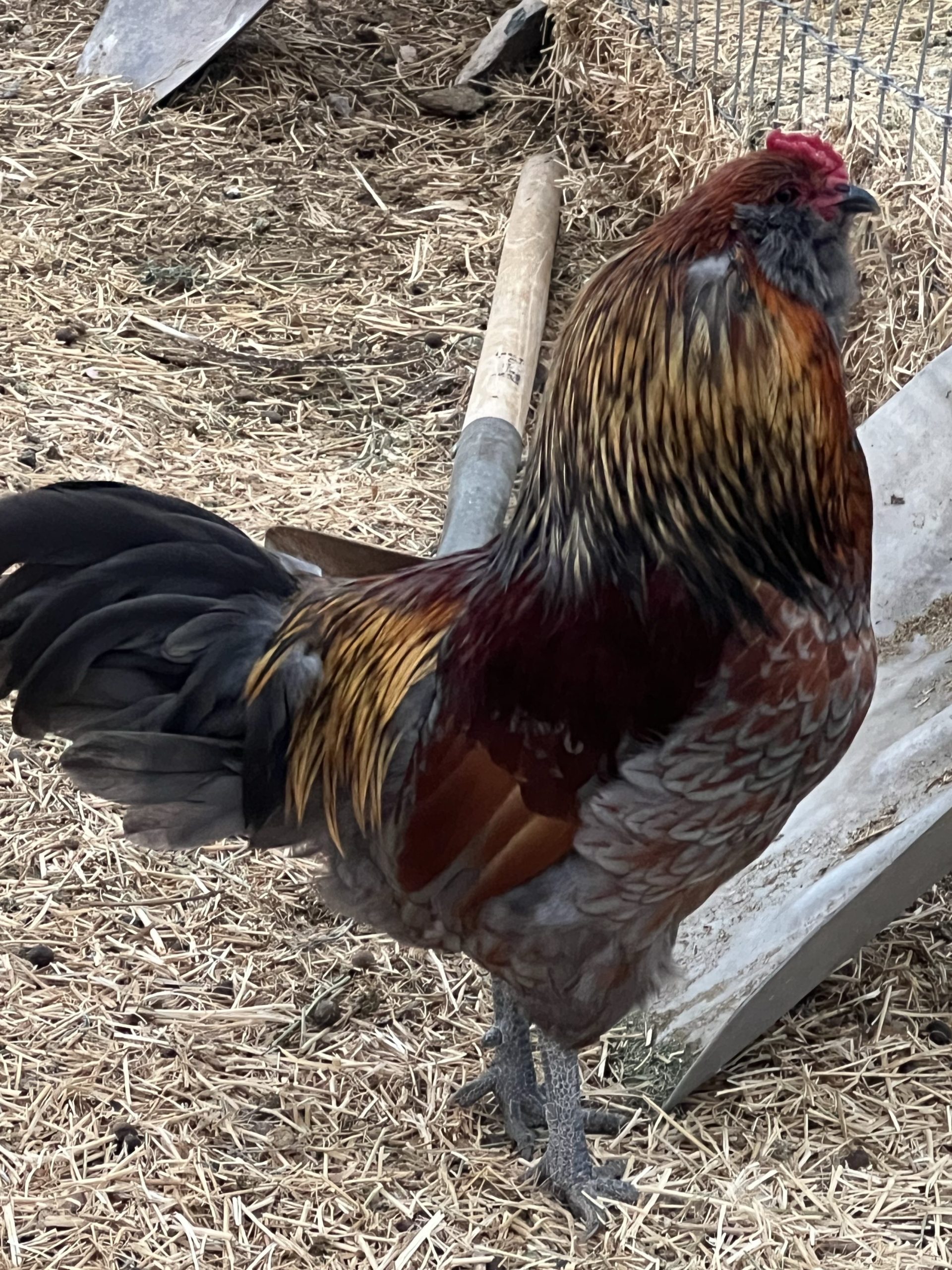
First, let’s look at what my free range eggs are costing to produce. Let’s keep in mind that I have A LOT of very young hens and roosters (2-5 months old) running around eating up extra feed and not laying eggs yet. I’m know that I’m about to downsize my chicken flock in a pretty big way. I’m going to be very picky about which hens and rooster I keep.
Currently, I’m going through at least 1 bag of scratch grain every week. I usually add some layer feed or black oil sunflowers to the scratch grain to support my hens protein needs (even though they’re free range). This costs about $17 dollars per week currently (purchasing Producer’s Pride Scratch Grain and Producer’s Pride Layer Crumbles from Tractor Supply). Walmart has been carrying scratch grain but the bags are 10 lbs lighter weight and the price is only a dollar cheaper than TSC.
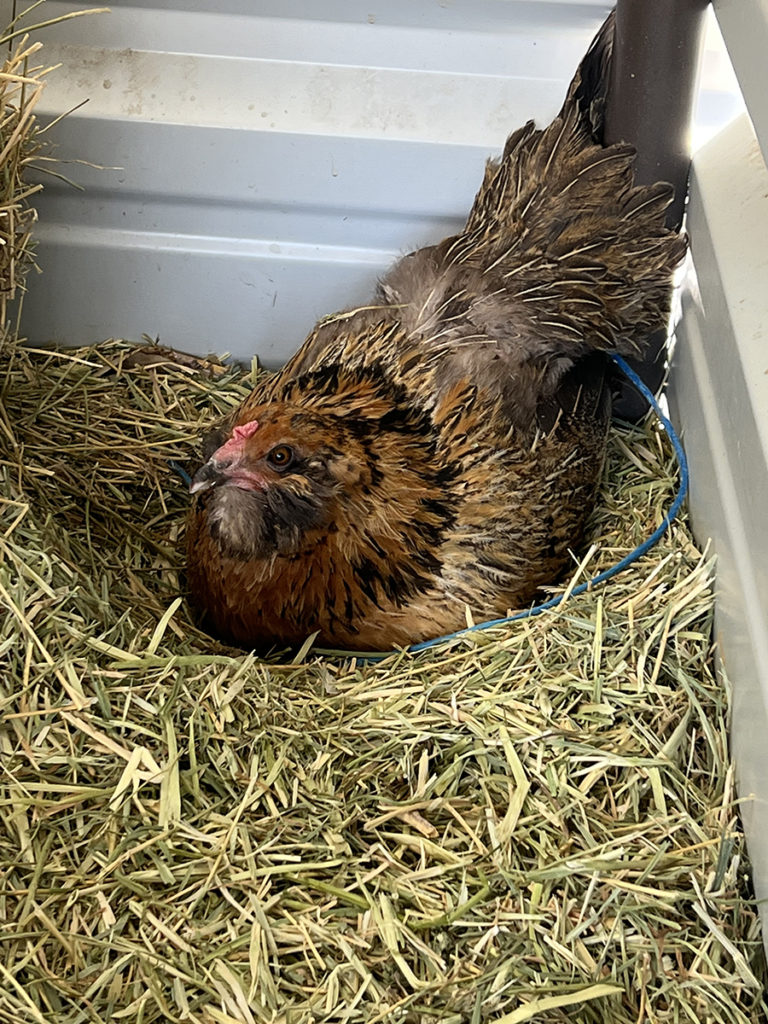
What it’s Really Costing for Eggs
I currently have 6 adult laying hens in their prime. Although, I think my Batam Americauna has ducked off to sit on a nest somewhere. We also have 6 adult Guinea Fowl. I’m typically getting about 3-4 chicken eggs a day and usually 1 Guinea egg a day right now. This is plenty for my family’s use but I haven’t been selling eggs to my neighbors in a while. Cost of Growing Your Own Food: my family is currently spending at least $8.50 per dozen eggs for our own use. This is not a great number. Walmart in our area is charge $5.16/dozen for organic free range eggs. In order to get our cost per egg down, we’ve got to change or flock structure.
A local lady recently posted 15 white leghorn hens (known for their high egg production) for sale for $50. A friend has been wanting some so I snatched them up and sent 10 to her and am keeping 5 of the hens for myself. So now I should have around 11 good laying hens.
Managing my flock
Last week, I had a lady contact me about baby chicks. She moved here recently from Las Vegas, but who’s originally a farm girl from Arkansas. She also wanted an adult rooster. Yay! I sold her 5 young pullets and my big black Americauna rooster for $50. We both got a good deal. I also found out she does butchering (I don’t have the time or the freezer space for that). So I offered her my young roosters and old hens that are no longer laying and she’s excited to come get them later this week.
Now, I’m getting 6-10 eggs a day. On average that’s between 3-5 dozen eggs per week at around $3-$5 per dozen. That makes my weekly average chicken feed bill more manageable and my cost per dozen eggs will be lower than the store again!
Goat Milk, Cheese, Butter & Soap
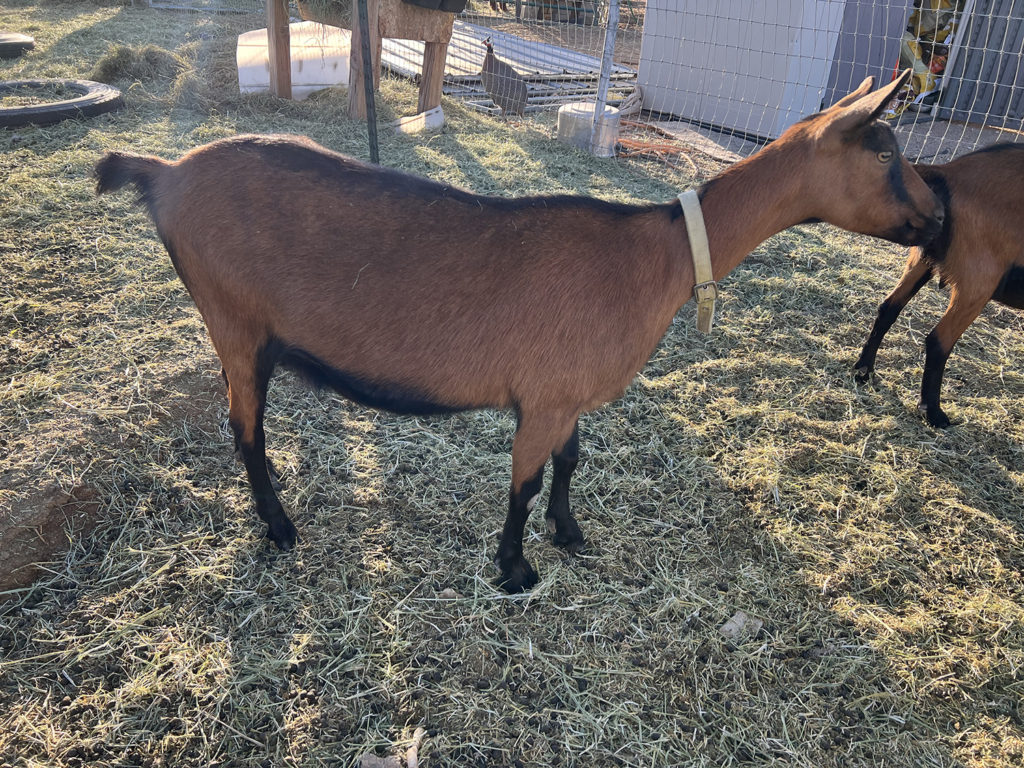
I was a little scared to look at the cost comparison for my goats. Don’t get me started about the current price of alfalfa! OMG. I close my eyes and swipe my credit card these days! What I discovered surprised me though.
Here’s the background info: I have 4 Oberhasli milk goats and I’m milking 1 Nubian/Nigerian cross for a friend who likes milk but not milking. Three of my girls just kidded out their babies 2+ weeks ago after taking a month off from milking before their due date. The babies will be weaned in about 8 weeks and then those 3 does will be in full milk production. One of my best milking girls didn’t get pregnant last winter when everyone else did. So I’ve kept milking her (now almost a year of milk production)! I will re-breed her and sell her, most likely, but I haven’t decided for sure.
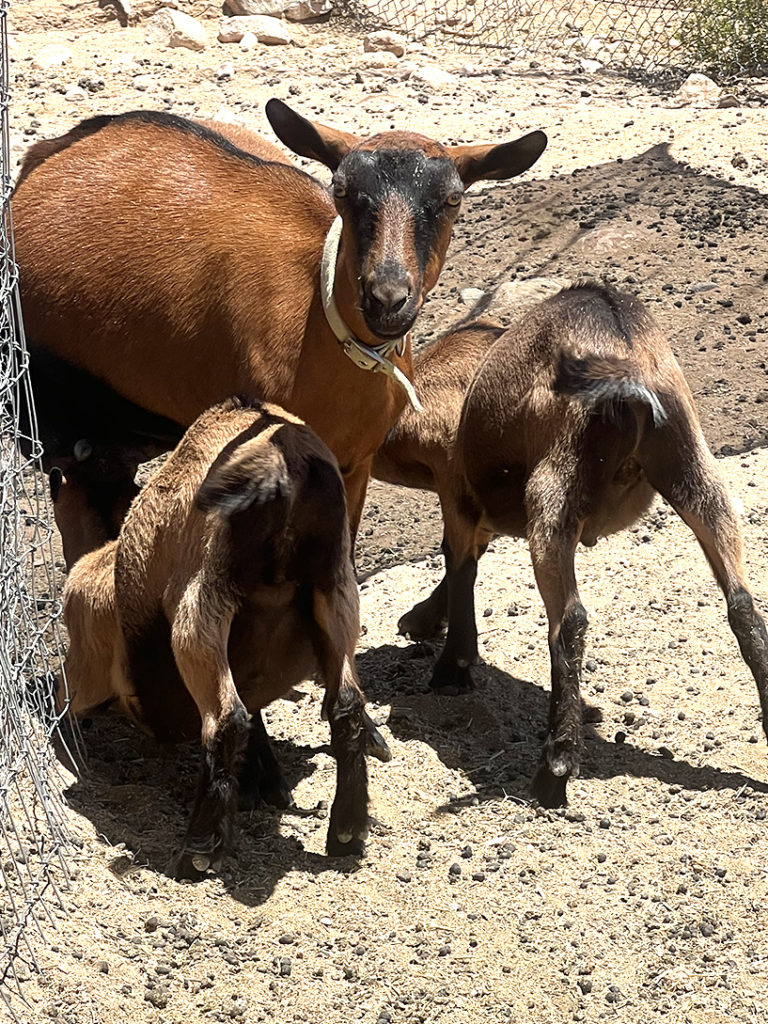
The Cost to grow food
The goats are currently eating about 2-3 bales of alfalfa per week at $26/bale (YIKES, I know). That’s $78 per week. Plus I purchase COB (corn, oat, barley) grain to feed them while milking them. That’s $17.49 at Tractor Supply. Altogether, that’s about $95/week right now in goat feed expenses.
The Profits
I expect to get 3-4 gallons per day when I milk all the fresh girls – that’s approximately 28 gallons of goat milk a week. That’s A LOT of goat milk! I’m trying to wrap my head around that number. I sell milk for $10/gallon. I sell fresh goat cheese for $10/lb. At those prices, I’m not really making money though. I’m recouping some of the feed expenses.
I recently started making goat butter for our family (yummy!). I also started making goat milk soaps and am perfecting that before I start selling them. Our family only uses a gallon per week or so of goat milk for cooking and coffee creamer, but we love goat cheese. That means that the goats have the earning potential of $210-$280 per week. So even with this crazy hay market, the goats could be profitable when they are all milking.
The goats recently kidded and I will be selling all 5 (2 girls, 3 boys) kids for around $75-$150 each. Right now though, they are eating me out of house and home!
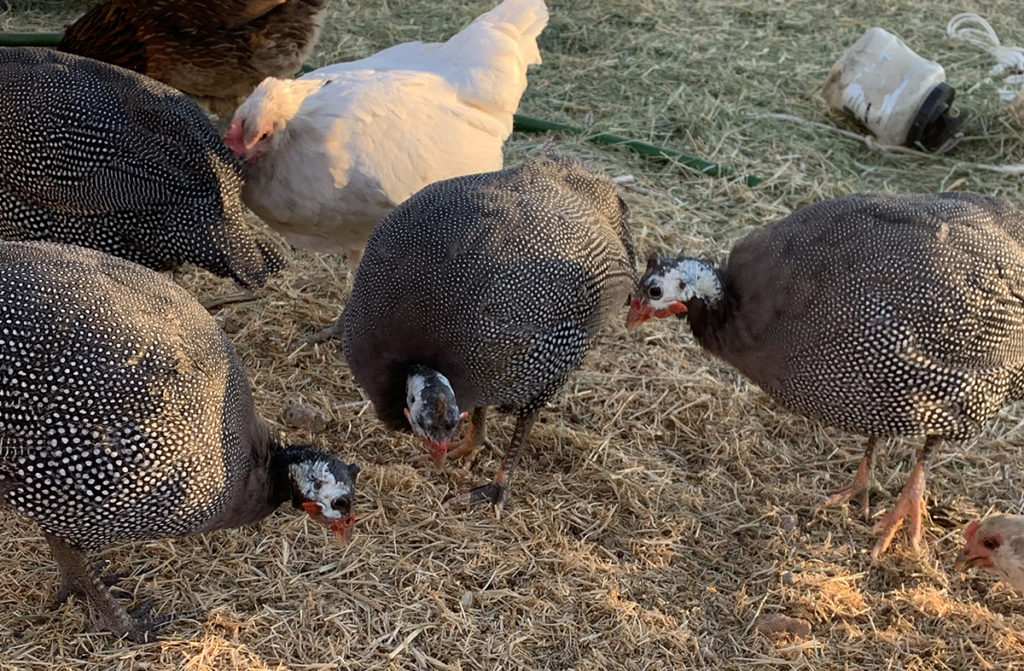
Guinea Fowl
The Guinea fowl are exotic looking and noisy, but their primary purpose is to alert us if there’s anything unusual going on (hence the noisy bit) and to be a snake deterrent. Since we always have the potential for rattlesnakes on our farm, we appreciate any extra snake defense. It helps our feed bill to have the chickens free ranging and they may also go after a snake.
Guinea fowl only lay eggs during the warm part of the year. If you can find their nest, you can eat the eggs. Guinea eggs are higher in protein and lower in fat than a chicken egg and a little smaller in size. The eggs taste the same to us. I usually end up hatching a couple of batches of baby keets in my incubator through the summer both to replenish by flock and to supply local folks who also want to own Guinea Fowl.
Guineas are almost exclusively free ranging. They are great for any insects that start to make a home in my garden or orchard. The Guineas eat a small amount of scratch grain every day before moving on to hunt. Overall, they cost very little and likely pay for themselves several times over, but mostly in non-tangible ways like keeping the snakes away.
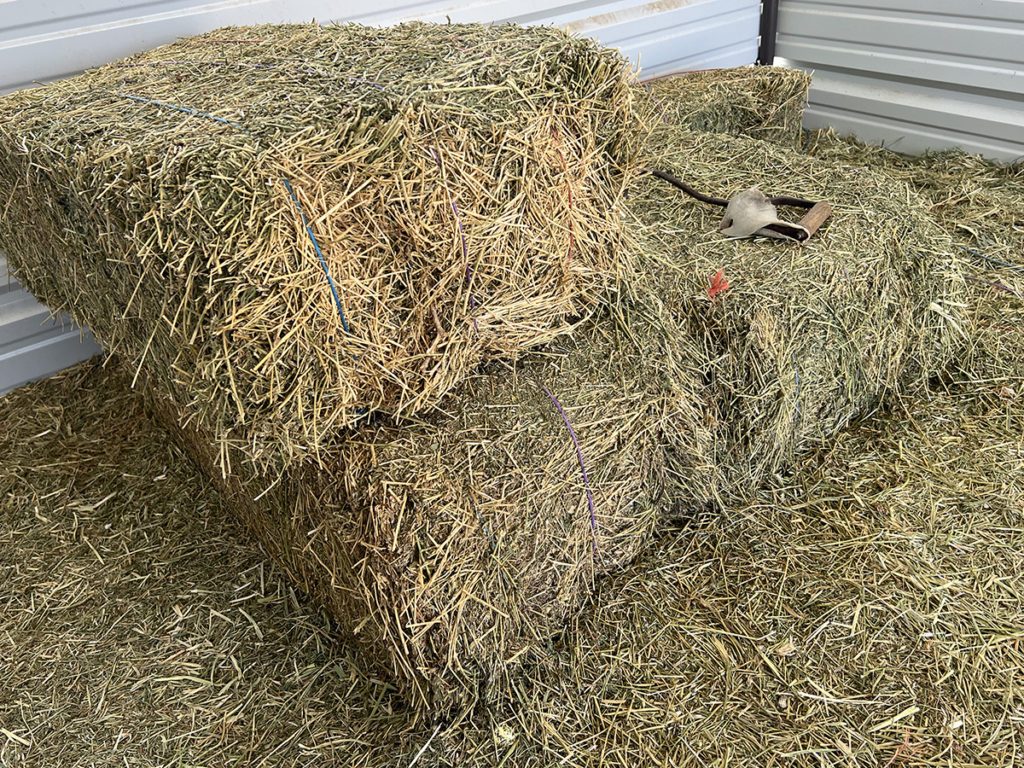
The Ultimate Costs to Grow Food
After writing this original post in April, a few things have changed around my farm now that it’s almost July. Here’s a recap: the price of hay is still ridiculously high. Scratch is still $5/bag higher than it was a year or two ago.
A month or so ago, I traded my older milk goat and one of new baby doelings for load of hay (a small one). It was not a great bargain but it got them off my feed bill and put some hay in my barn for a few weeks for everybody else.
Josh and I had a serious conversation about how much the goats and chickens are costing us monthly in feed, especially now that I’m off work from my main job for the summer. Our family doesn’t use much of the milk – which is over 4 gallons a day! That’s A LOT of milk! I have to make cheese and/or yogurt every day just to fit more fresh milk in the milk refrigerator.
We also don’t really eat that many eggs. People used to stop by and buy eggs from us, but the demand has fallen off. There’s also less demand for milk right now than ever. I honestly suspect that this decrease is due to the economy and people just can’t afford farm fresh products as easily as they could a year or two ago. Everyone is tightening down on their budgets, us included.
The Bottom Line
The biggest sacrifice of milking and feeding this many animals is that it monopolizes all of our free time (read MY FREE TIME). I spend the better part of 2 hours every day doing morning and evening milking and feeding, watering, collecting eggs, etc.
We are hoping to travel some this summer on our vacation and also during the school year since my son is homeschooling online this fall and that gets really problematic and extra expensive to plan around the animals. We have to find someone dependable to milk and feed the animals for us twice a day who’s available on the dates we choose to be gone. Friends have offered to milk for me if I bring my goats to their house, but I would still be worrying about it.
Mostly, my soul is tired, deep down inside. I know farmers everywhere feel the same way when they look at the cost of feed, when they think about the bottom line. Pray for farmers! Times are very tough for everyone.
Bottom line: We are going to go back to just having our horses, dogs and cat. We’ve reached a point where the cost is outweighing the benefit for us. I plan to focus on our gardening/farming expansion and grow more of our food that way.
Enjoying this blog post? Check my other posts here! Also, make sure to subscribe so you never miss out on news from The Far Out Farm!
